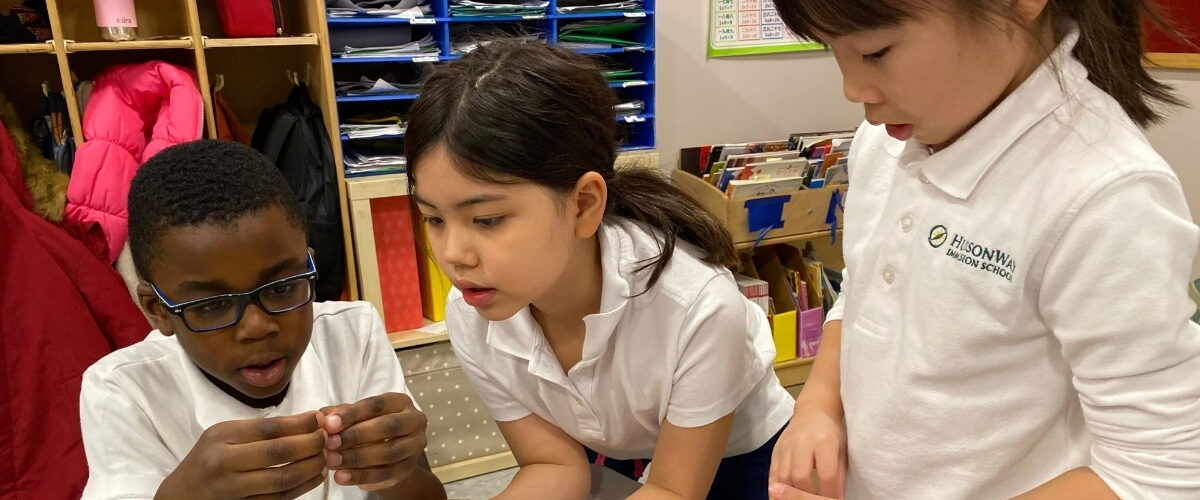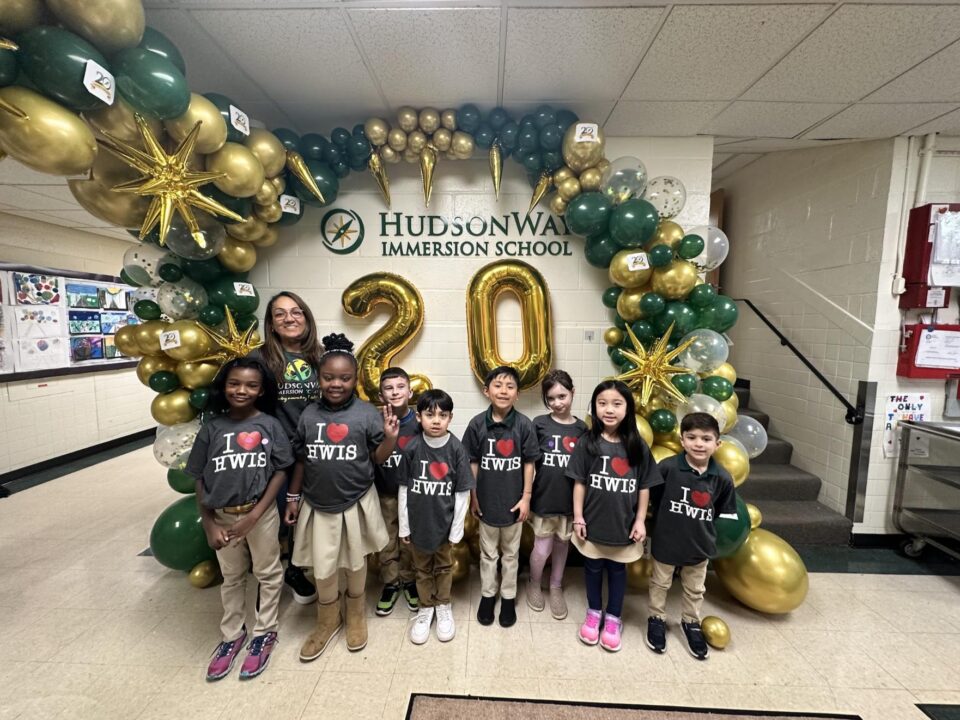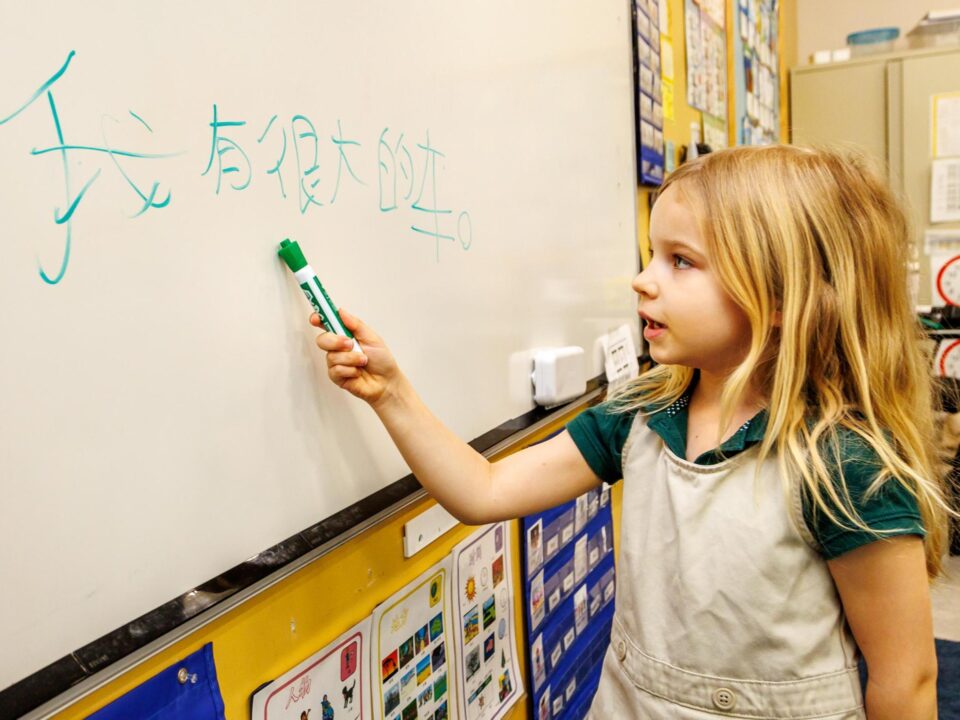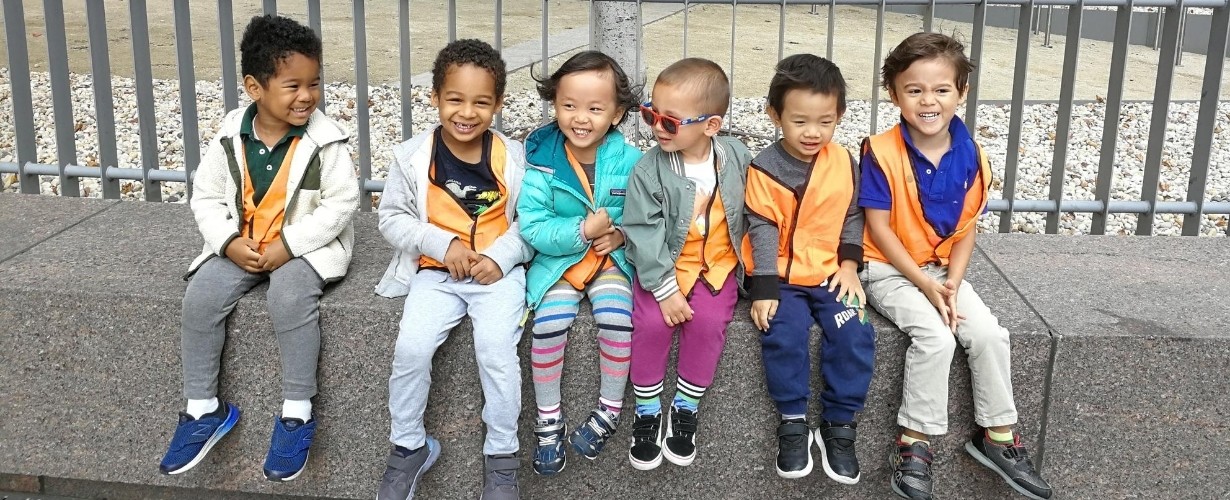
What You Need to Know If You Want to Raise a Multilingual, Global Citizen
August 21, 2020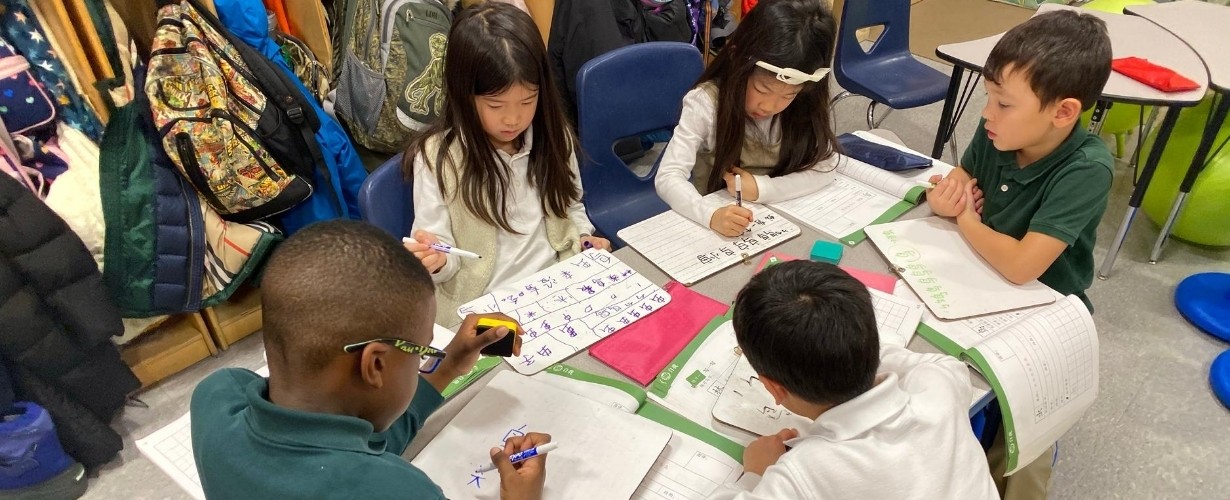
Bilingual Students Become Brilliant Adults: The Long-Lasting Benefits of an Immersion Education
August 22, 2020If you’re one of many parents who has always wanted your kids to learn a second language, chances are you’ve heard about language immersion. The technique has been praised for its effectiveness in helping kids become fully bilingual. Here, the founder and CEO of HudsonWay Immersion School and the mom of bilingual twin boys fluent in Mandarin Chinese shares what you need to know about immersion education and why it works.

What is an immersion education?
Immersion education is a methodology that teaches major subjects like language arts and literacy, math, science and social studies in a target language (or second language) and in English.
In other words, all subjects are taught using a target language other than English as the vehicle of instruction for significant periods of time. Students learn both the subject matter and the target language, which enables them to become bilingual and biliterate while learning the content required by the state.
Beginning with the French-Canadian models in the early 1960s, this method has existed for almost 60 years and has recently seen significant growth in the U.S. due to research showing its many benefits for students of all socio-economic backgrounds. For a school to be considered an immersion program, at least 50 percent of the instructional time should be provided in the target language.
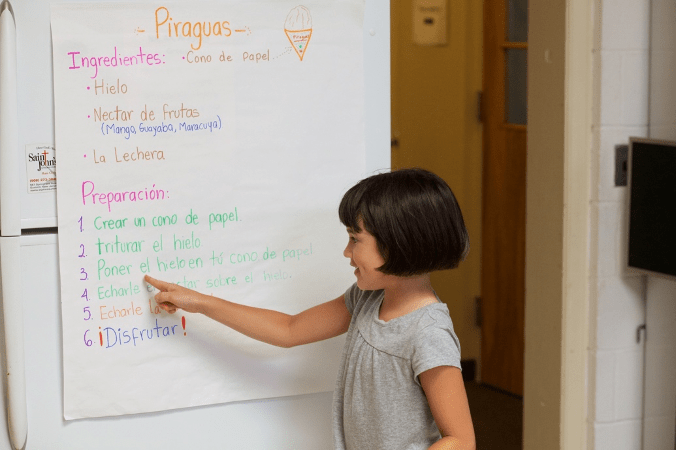
What are the goals of immersion education?
The goals of the immersion education model is for students to demonstrate bilingual (speak in the target language and English), bi-literate (read in the target language and English), and bi-cognitive (think in the target language and English) proficiency.
All students should demonstrate high academic achievement and cross-cultural competencies with the ability to navigate the world as global citizens. Students who graduate from stellar immersion education programs continue to strengthen U.S. national security and economic prosperity in the 21st century.
What are the benefits for this type of education for my child?
Immersion education is not only the most efficient way to acquire proficiency in a second language, it’s also the form of education that offers the best education, period. When a child is immersed in this type of program early and consistently (we recommend as young as 2.5 years old) the process changes his/her brain in the following ways:
1. Increased cognitive flexibility: Students learning two languages at once show enhanced problem-solving and creativity skills vs. monolinguals because they learn that there are multiple ways to represent an object.
2. Executive function: The ability to focus on a task and filter out extraneous information is developed in bilingual children because the brain is constantly switching back and forth when deciding which language to use. This ability has been correlated with longer term academic success in students.
3. Language proficiency: Students completing grade 5 in many immersion programs are able to reach high levels of language proficiency that enable them to attain the NJ Seal of Biliteracy upon high school graduation. In 2015 NJ joined 30 other states in the U.S. to certify the attainment of biliteracy as demonstrated by AP test scores. This level is rarely achievable in foreign language programs where language is taught for one period a few times per week which is the typical case in foreign language instruction in the US. Language proficiency has been identified by the US government as a national security priority for our country. It also gives future college graduates a serious leg up in the global job market.
4. Global understanding: Students in immersion programs are shown to have greater empathy towards people from other cultures due to their exposure to speakers of other countries, and their greater understanding of language and culture. Students in the future need to know how to work with people from other cultures.
Here’s why immersion works
Administrators at HudsonWay Immersion School sometimes call this process “magic” but there is extensive science and a deliberate effort to ensure that the immersion program is properly constructed. The process works because students are put in a situation in which they must comprehend and interact in order to function. Beginning in preschool, students spend significant lengths of time in the language and complete daily activities with repetition that helps them acquire the language.
We take advantage of the “critical language learning window” which begins to close as early as age one but remains open until about age 12, when the brain is naturally wired to grasp the grammatical structures of various languages. All of this learning is taking place in a tightly controlled environment where teachers are trained to support students by speaking in the target language, carefully select appropriate level class materials, and the environment is maintained in the target language to reinforce the goal. This process produces a child who is bilingual, biliterate, and bi-cognitive – even when his or her parent may not be. In fact, most HWIS students do not have a native 2nd language speaker in the household.
Recently relocated to Stirling, HudsonWay Immersion School is looking forward to providing families in the Long Hill Township, Basking Ridge, Berkeley Heights/New Providence, Warren and surrounding communities the opportunity to offer their children an immersion education. Learn more about our programs for children Pre-K (starting at age 2.5) through grade 5 at an upcoming open house. Please RSVP at hwis.org/admissions/open-houses.


